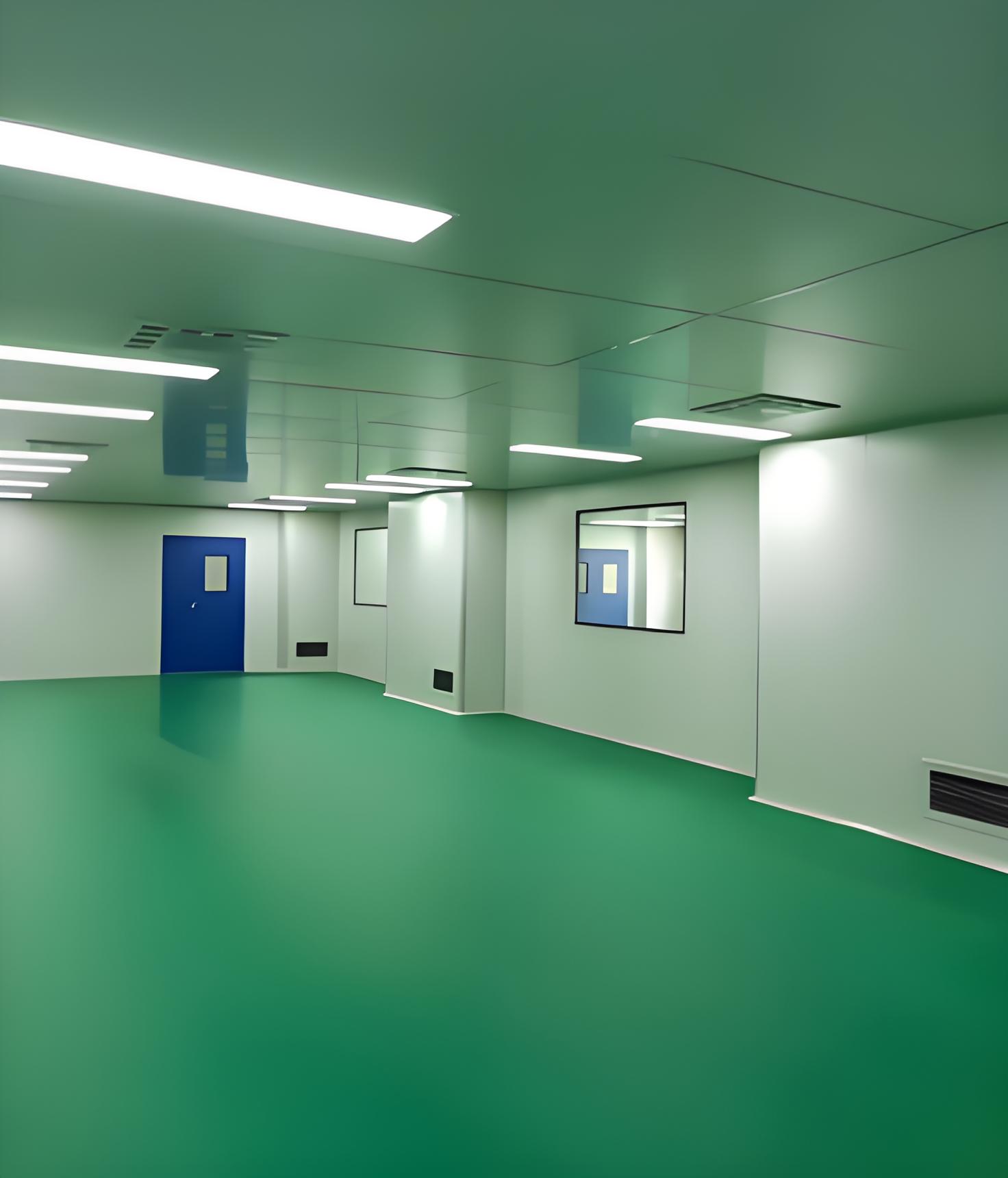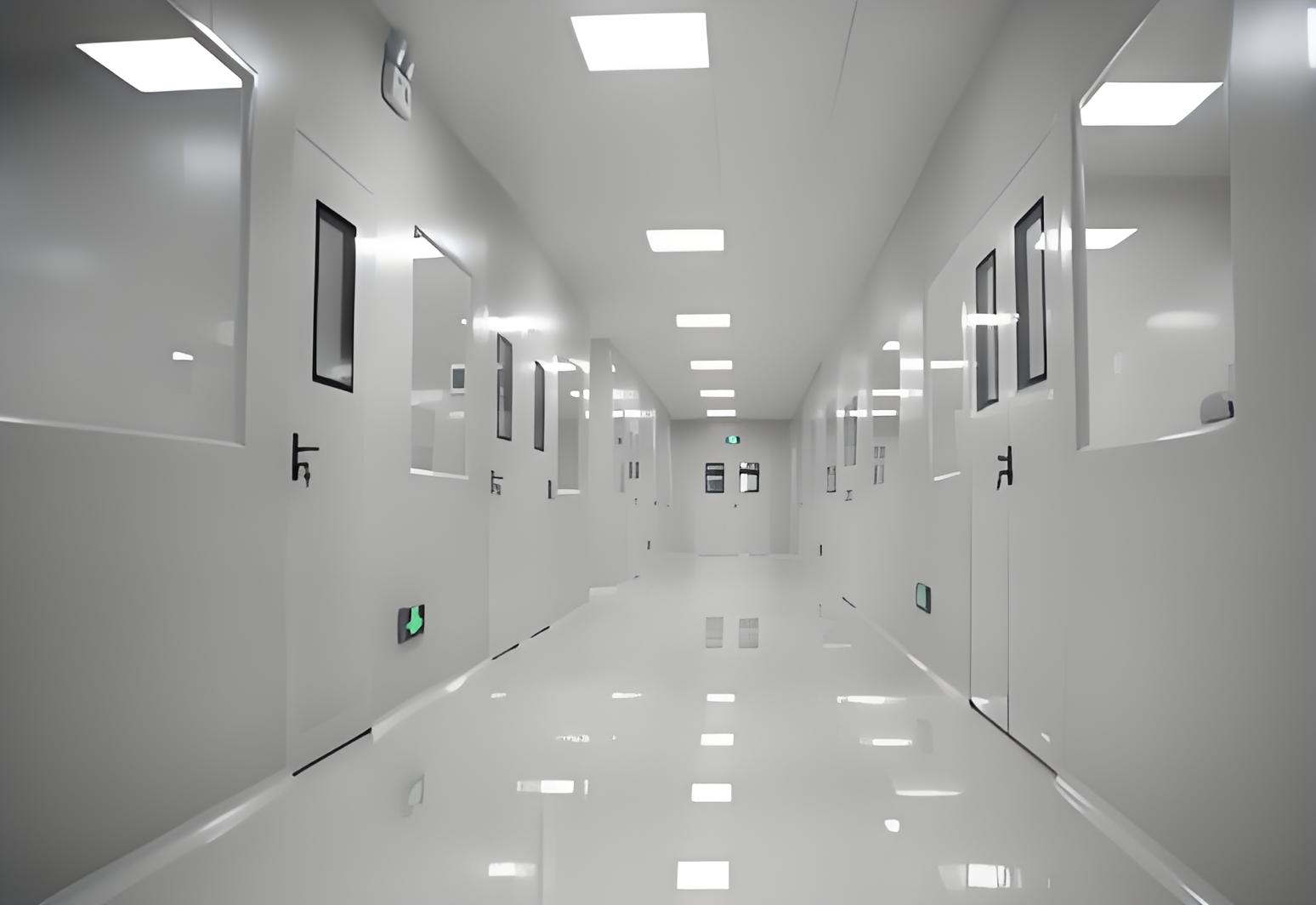
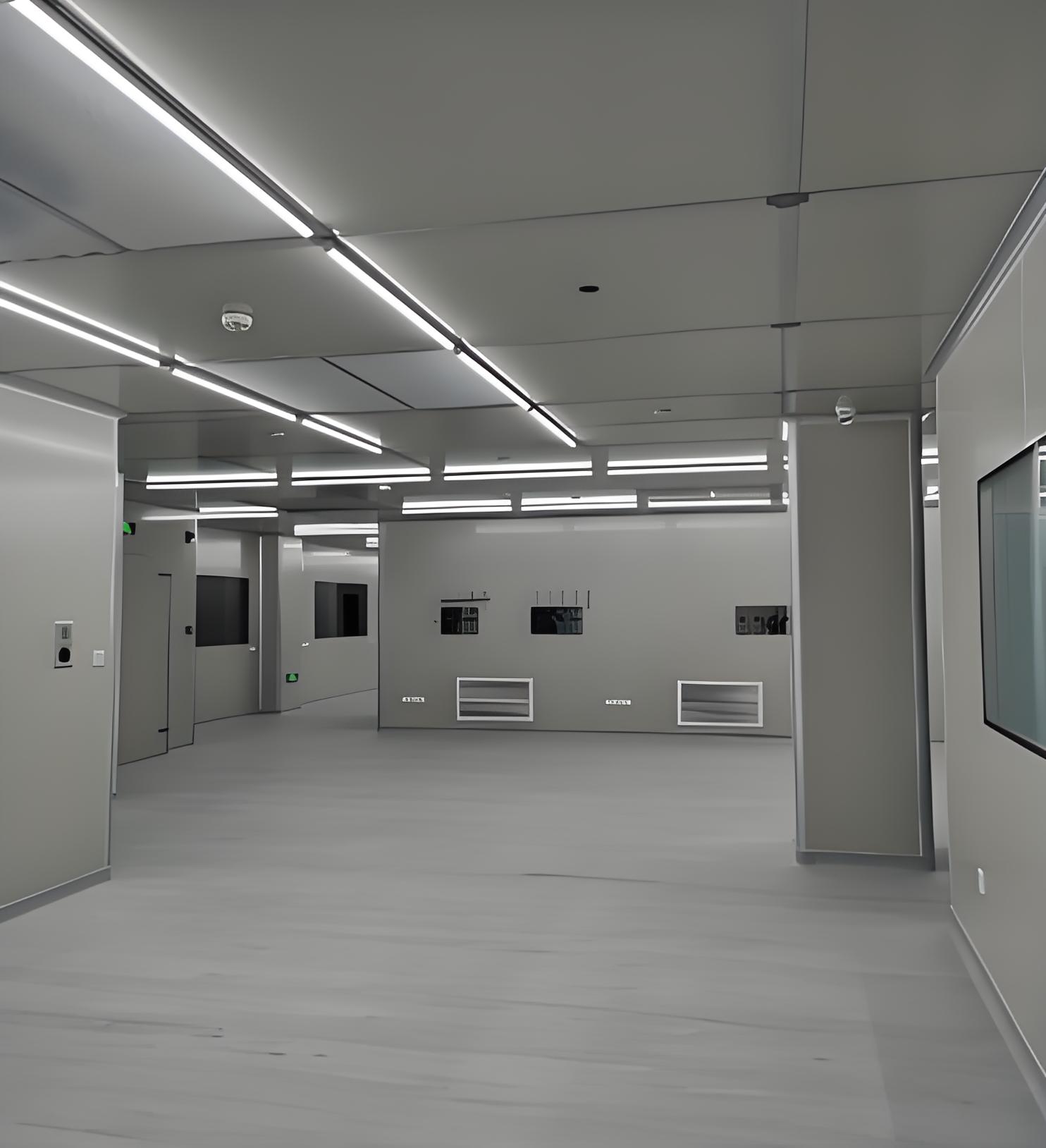
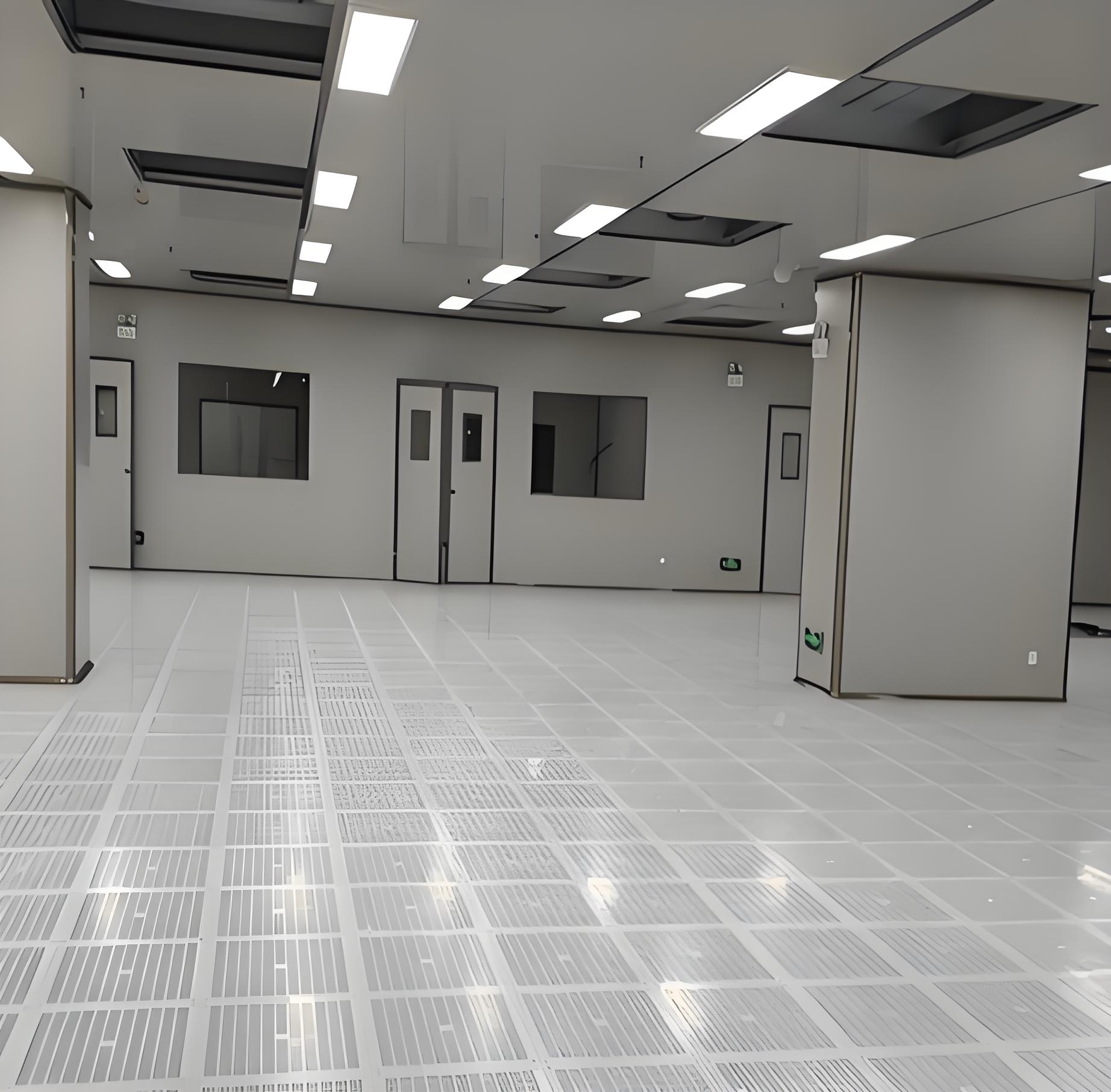


In the healthcare industry, ensuring the safety and efficacy of medical devices is paramount. A medical device purification project is a critical process that involves cleaning, sterilizing, and decontaminating medical equipment to prevent infections, comply with regulations, and maintain device functionality. Whether you're a healthcare professional, a manufacturer, or a project manager, understanding how to execute a medical device purification project effectively can save lives, reduce costs, and enhance operational efficiency. This article delves into the core aspects of a medical device purification project, providing a structured approach to planning, implementation, and optimization. By covering key areas such as importance, steps, technologies, regulations, and best practices, you'll gain actionable insights to navigate this complex field. Let's explore how to master a Medical device purification project" target="_blank">medical device purification project from start to finish.
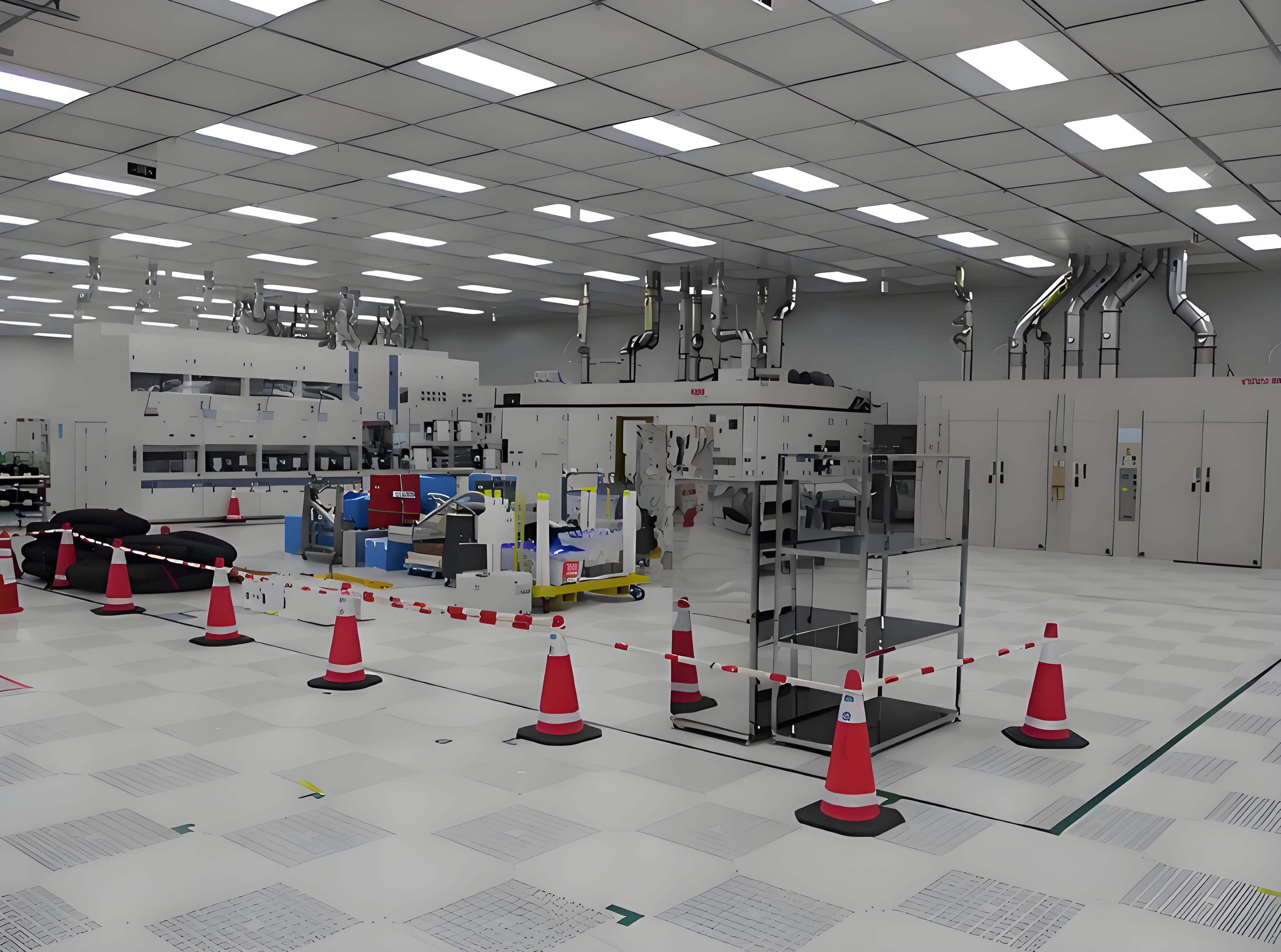
A medical device purification project refers to a systematic initiative aimed at removing contaminants, pathogens, and impurities from medical devices to ensure they are safe for patient use. This process is integral to healthcare settings, including hospitals, clinics, and manufacturing facilities, where devices range from surgical instruments to implantable gadgets. The medical device purification project typically involves multiple stages, such as cleaning, disinfection, sterilization, and validation, tailored to the device's material, design, and intended use. For instance, reusable devices like endoscopes require rigorous purification cycles to prevent cross-contamination, while single-use items might involve pre-sterilization steps. The scope of a medical device purification project extends beyond mere cleaning; it encompasses risk assessment, protocol development, and quality control to meet industry standards. By understanding the fundamentals, stakeholders can mitigate risks associated with device-related infections, which affect millions globally each year. In essence, a well-executed medical device purification project serves as a backbone for patient safety and healthcare quality, making it a non-negotiable aspect of modern medicine. As regulations tighten and technology evolves, staying updated on purification methodologies becomes crucial for success in any medical device purification project.
The importance of a medical device purification project cannot be overstated, as it directly impacts patient outcomes, regulatory compliance, and financial sustainability. First and foremost, a robust medical device purification project reduces the incidence of healthcare-associated infections (HAIs), which account for significant morbidity and mortality worldwide. According to studies, improperly purified devices contribute to outbreaks of diseases like sepsis and hepatitis, underscoring the need for stringent purification protocols. Moreover, a medical device purification project ensures compliance with global regulations, such as those from the FDA, EMA, and ISO standards (e.g., ISO 13485 for medical devices). Non-compliance can lead to recalls, legal penalties, and reputational damage, making purification a strategic imperative. Additionally, an effective medical device purification project enhances device longevity and performance, reducing replacement costs and minimizing waste. In economic terms, investing in a thorough medical device purification project can yield substantial returns by avoiding costly litigation and improving operational efficiency. For example, hospitals that implement advanced purification systems report lower infection rates and higher patient satisfaction scores. Furthermore, in the era of pandemics and antimicrobial resistance, a medical device purification project acts as a frontline defense, safeguarding both patients and healthcare workers. By prioritizing purification, organizations demonstrate a commitment to quality care, which can bolster trust and competitiveness in the market. Thus, integrating a medical device purification project into routine practices is essential for sustainable healthcare delivery.
Executing a successful medical device purification project involves a methodical approach divided into several key steps. Begin with a comprehensive assessment and planning phase, where you define the project's scope, objectives, and resources. This includes identifying the types of devices involved, such as those used in surgery or diagnostics, and evaluating their contamination risks. A thorough risk analysis helps in tailoring the medical device purification project to specific needs, ensuring that high-risk items receive prioritized attention. Next, develop a detailed purification protocol, incorporating standards like AAMI ST79 for sterilization. This protocol should outline cleaning methods (e.g., manual or automated), agent selection (e.g., chemicals or heat), and cycle parameters.
The implementation phase follows, where you deploy the purification processes across relevant departments. This might involve training staff on proper handling techniques, installing purification equipment like autoclaves or ultrasonic cleaners, and establishing monitoring systems. During execution, it's vital to document every step of the medical device purification project for traceability and accountability. Validation and testing come next, where you verify the effectiveness of purification through microbiological testing, such as using biological indicators to confirm sterilization. This step ensures that the medical device purification project meets predefined safety thresholds.
Finally, conduct regular audits and reviews to maintain continuous improvement. This includes updating protocols based on new evidence or technological advancements. By following these steps, a medical device purification project can achieve consistent results, minimize errors, and adapt to evolving healthcare demands. Remember, a well-structured medical device purification project is iterative, requiring ongoing evaluation to address emerging challenges like new pathogens or device innovations.
The success of a medical device purification project heavily relies on the technologies and methods employed, which have evolved significantly with advancements in science and engineering. Common purification methods include thermal processes, such as steam sterilization (autoclaving), which uses high-pressure steam to eliminate microorganisms. This is ideal for heat-resistant devices and is a staple in many medical device purification project setups. Alternatively, low-temperature methods like ethylene oxide (EtO) gas sterilization are used for heat-sensitive items, though they require careful handling due to toxicity concerns.
Chemical methods play a pivotal role in a medical device purification project, involving disinfectants like hydrogen peroxide, peracetic acid, or glutaraldehyde. These are often applied in automated systems, such as washer-disinfectors, which streamline the purification process for high-volume settings. Another innovative technology is plasma sterilization, which uses ionized gas to achieve sterilization without residues, making it suitable for complex devices like optics or electronics. In recent years, ultraviolet (UV) light and ozone-based systems have gained traction for their eco-friendly profile and efficiency in surface decontamination.
Moreover, the integration of digital tools, such as IoT sensors and data analytics, is transforming the medical device purification project landscape. These technologies enable real-time monitoring of purification cycles, tracking parameters like temperature, humidity, and exposure time to ensure consistency. For instance, RFID tags on devices can log purification history, enhancing traceability in a medical device purification project. When selecting technologies, consider factors like device compatibility, cost, and environmental impact. By leveraging a mix of traditional and cutting-edge methods, a medical device purification project can achieve higher efficacy, reduce cycle times, and support sustainability goals. Ultimately, the choice of technology should align with the specific requirements of the medical device purification project to maximize safety and efficiency.
Regulatory compliance is a cornerstone of any medical device purification project, as it ensures that purification processes meet legal and safety standards set by authorities worldwide. Key regulations include the U.S. Food and Drug Administration (FDA) guidelines, which mandate that medical devices be free from contaminants that could harm patients. Similarly, the European Union's Medical Device Regulation (MDR) requires rigorous validation of sterilization processes as part of a medical device purification project. International standards, such as ISO 17665 for steam sterilization or ISO 14937 for general sterilization criteria, provide frameworks for achieving compliance.
To navigate these requirements in a medical device purification project, start by conducting a gap analysis to identify areas where current practices fall short. This involves reviewing existing protocols against regulatory benchmarks and updating them accordingly. Documentation is critical; maintain detailed records of purification cycles, staff training, and quality control tests to demonstrate compliance during audits. For example, in a medical device purification project, you might use validation reports showing that sterilization processes consistently achieve a 10^-6 sterility assurance level (SAL).
Risk management is another vital aspect, guided by standards like ISO 14971, which helps identify and mitigate potential hazards in a medical device purification project. This includes assessing factors such as device design, material compatibility, and human error. Engaging with regulatory bodies early in the medical device purification project can provide guidance and prevent costly revisions later. Additionally, staying informed about updates to regulations—such as changes in environmental laws affecting chemical sterilants—ensures long-term compliance. By prioritizing regulatory adherence, a medical device purification project not only avoids penalties but also builds a reputation for reliability and patient-centric care. In summary, a compliant medical device purification project is a proactive investment in quality and safety.

Optimizing a medical device purification project involves adopting best practices that enhance efficiency, safety, and outcomes. First, foster a culture of continuous improvement by regularly reviewing and updating purification protocols based on data and feedback. For instance, use key performance indicators (KPIs) like infection rates or device failure metrics to gauge the success of a medical device purification project and make informed adjustments. Training and education are equally important; ensure that all personnel involved in the medical device purification project are certified in purification techniques and understand the latest guidelines. This reduces human error and promotes consistency.
Another best practice is to implement a robust quality management system (QMS) that integrates with the medical device purification project. This system should include automated monitoring tools to track purification parameters in real-time, flagging deviations immediately. For example, using digital dashboards can help managers oversee multiple aspects of a medical device purification project simultaneously. Additionally, prioritize sustainability by choosing eco-friendly purification methods, such as water-efficient systems or green chemicals, which align with global environmental goals and can reduce operational costs.
Collaboration with stakeholders—including clinicians, engineers, and regulators—is crucial for a holistic medical device purification project. Engage in cross-functional teams to address challenges from multiple perspectives, ensuring that the project meets clinical needs while adhering to standards. Lastly, conduct regular risk assessments and contingency planning to handle emergencies, such as equipment failures or supply chain disruptions. By embedding these best practices, a medical device purification project can achieve higher reliability, scalability, and patient trust. Remember, optimization is an ongoing process that requires commitment and innovation to keep pace with healthcare evolution.
A medical device purification project is a multifaceted endeavor that demands careful planning, advanced technologies, regulatory vigilance, and continuous optimization. By understanding its importance, following structured steps, leveraging appropriate methods, ensuring compliance, and adopting best practices, organizations can execute a successful medical device purification project that safeguards patient health and supports operational excellence. As healthcare continues to advance, staying proactive in purification strategies will be key to navigating future challenges. Embrace these insights to elevate your medical device purification project and contribute to a safer medical landscape.
Q1: What is the primary goal of a medical device purification project?
A1: The primary goal of a medical device purification project is to ensure that medical devices are free from contaminants, pathogens, and impurities, making them safe for patient use. This involves processes like cleaning, disinfection, and sterilization to prevent infections and comply with health regulations.
Q2: How often should a medical device purification project be reviewed or updated?
A2: A medical device purification project should be reviewed at least annually or whenever there are changes in regulations, device types, or technology. Regular audits and feedback from quality control checks can also prompt updates to maintain effectiveness and compliance.
Q3: What are common challenges faced in a medical device purification project, and how can they be overcome?
A3: Common challenges in a medical device purification project include resource constraints, evolving regulations, and device complexity. These can be overcome by investing in training, using automated systems for consistency, and engaging with regulatory experts to stay updated on standards.
Q4: Which technologies are most effective for a medical device purification project involving heat-sensitive devices?
A4: For heat-sensitive devices in a medical device purification project, low-temperature technologies such as ethylene oxide gas sterilization, hydrogen peroxide plasma, or ozone-based systems are highly effective. These methods achieve sterilization without damaging delicate materials.
Q5: How does regulatory compliance impact the success of a medical device purification project?
A5: Regulatory compliance is critical for the success of a medical device purification project as it ensures patient safety, avoids legal penalties, and enhances credibility. Non-compliance can lead to device recalls, fines, and loss of trust, making adherence to standards like FDA and ISO essential.

